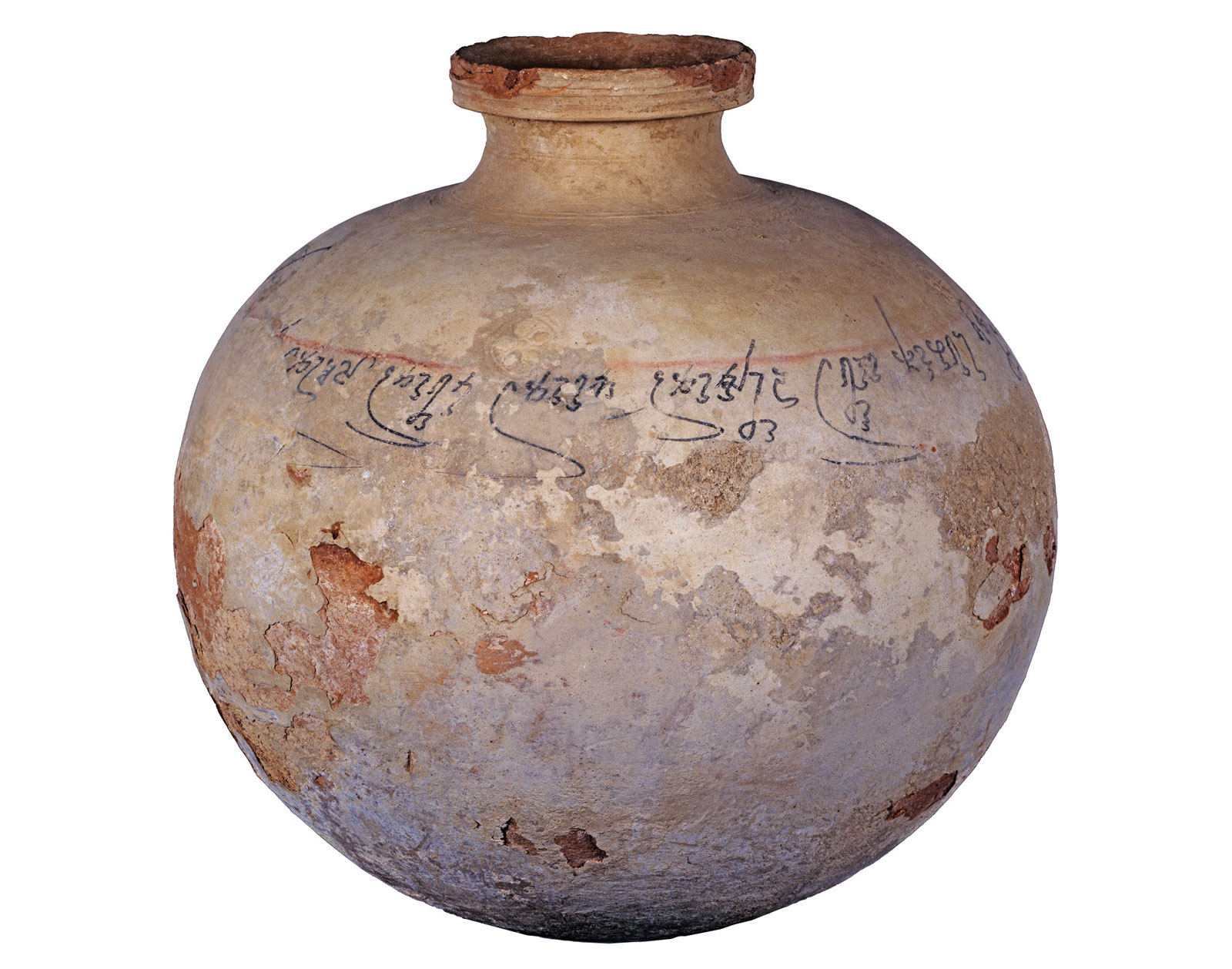Hello everyone!
I have an odd question and I would like to hear all of your perspectives on it if that’s alright! I hope my observation/question doesn’t offend anyone! The intent behind this is not negative at all!
More often than not, I feel like Soto practitioners place more emphasis on what Zen Master Dogen said then other Zen masters, even the Buddha.
I understand that Dogen is commenting on his understanding of what the Buddha said (and then some),giving his own take and spin on the Dharma, however it seems (to me) to be of more importance to get to what the Buddha said through Dogen’s understanding (reading the shobogenzo) then to actually go straight to the source, (The Pali canon being the most reliable “original” source) or even looking at teachings of other zen masters. In other words, Dogen is studied and quoted far more than anyone one else in Soto zen, even more than the Buddha himself. It seems like it could almost be thought of as the practice of Dogen.
In other traditions of Zen/Chan/Seon You don’t find so much emphasis on one particular teacher. All masters are revered and learned from equally, and study of the canon, at least the popular teachings of the Buddha is considered the very foundation of practice and study.
Do you agree/disagree?
Thoughts, comments, pros/cons?
Every opinion is welcome!
Sorry if my question wasn’t easily understandable! It was harder to express then I thought it would be! I look forward to hearing everyone’s opinion!
Gassho,
Sat today
Sam
I have an odd question and I would like to hear all of your perspectives on it if that’s alright! I hope my observation/question doesn’t offend anyone! The intent behind this is not negative at all!
More often than not, I feel like Soto practitioners place more emphasis on what Zen Master Dogen said then other Zen masters, even the Buddha.
I understand that Dogen is commenting on his understanding of what the Buddha said (and then some),giving his own take and spin on the Dharma, however it seems (to me) to be of more importance to get to what the Buddha said through Dogen’s understanding (reading the shobogenzo) then to actually go straight to the source, (The Pali canon being the most reliable “original” source) or even looking at teachings of other zen masters. In other words, Dogen is studied and quoted far more than anyone one else in Soto zen, even more than the Buddha himself. It seems like it could almost be thought of as the practice of Dogen.
In other traditions of Zen/Chan/Seon You don’t find so much emphasis on one particular teacher. All masters are revered and learned from equally, and study of the canon, at least the popular teachings of the Buddha is considered the very foundation of practice and study.
Do you agree/disagree?
Thoughts, comments, pros/cons?
Every opinion is welcome!
Sorry if my question wasn’t easily understandable! It was harder to express then I thought it would be! I look forward to hearing everyone’s opinion!
Gassho,
Sat today
Sam
 Nonetheless, I believe it is the case.). I would very much disagree with you that Soto is unique in emphasizing a particular teacher, because many schools do (the Koan Introspection folks, for example, tend to emphasize the aforesaid Tahui, Hakuin, Mazu and the like, and almost never mention Dogen. The Koreans tend to emphasize Taego. Nichiren Buddhists emphasize Nichiren. Japanese Pure Land Buddhist have their teachers. ).
Nonetheless, I believe it is the case.). I would very much disagree with you that Soto is unique in emphasizing a particular teacher, because many schools do (the Koan Introspection folks, for example, tend to emphasize the aforesaid Tahui, Hakuin, Mazu and the like, and almost never mention Dogen. The Koreans tend to emphasize Taego. Nichiren Buddhists emphasize Nichiren. Japanese Pure Land Buddhist have their teachers. ). 


Comment